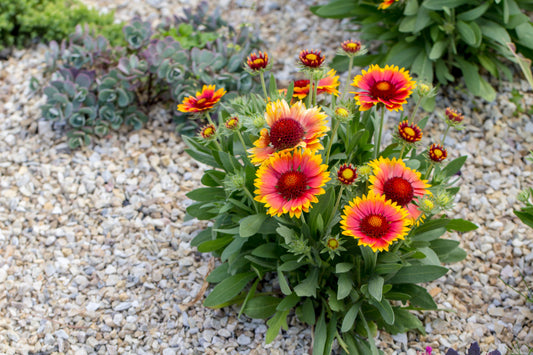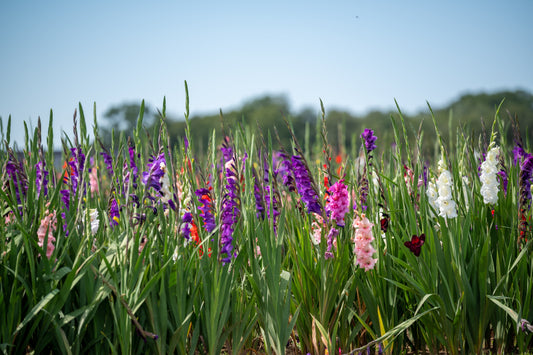Lemongrass Planting & Growing Guide
-
Pre-PottedPlanting Depth
-
24" ApartPlanting Proximity
-
Spring to SummerPlanting Season
-
Culinary uses, fragrant foliage.Plant Benefits
-
Moderate to HeavierWater Quantity
-
N/A; Grown for foliageBloom Season
-
Full to Partial SunSunlight Quantity
-
Zones 9-11Hardiness Zones
Where to Plant
Lemongrass plants thrive in the ground or in large containers when given plenty of sunlight and water. A spot that receives at least 6 hours of direct sun each day from spring through fall is ideal. Additionally, Lemongrass prefers loose, well-drained soil. If you notice puddles of water 5–6 hours after a hard rain, scout out another site or amend the soil with organic material to raise the level 2–3 inches.
When to Plant
Plant your Lemongrass in the spring after the danger of frost has passed. When planted within its hardiness zones (9B–11), these plants can remain in the ground undisturbed over the winter. However, those in colder climates should bring their plants inside before the first frost.
How to Plant
- Find a spot with well-draining soil that receives plenty of sunlight, and if planting in containers, use a good quality potting mix without water absorption crystals.
- Plant your Lemongrass at the same soil depth as it was growing in its container.
- Allow for 24 or more inches of space between plants in the ground, or use 5-gallon containers or larger to allow for full growth.
- Take care not to overwater your newly transplanted Lemongrass, providing just enough to saturate the soil.
How to Grow
- Provide weekly deep waterings once active top growth is evident to encourage good root growth without allowing the roots to dry out.
- Feed your plants monthly with a high nitrogen fertilizer, as actively growing Lemongrass processes a ton of nitrogen.
- Lighten up on the water when growth begins to slow in late fall.
- Bring your container-planted Lemongrass indoors for winter protection if gardening outside its hardiness zones.
How to Harvest Lemongrass Stalks
- Allow the stalk to mature to a half-inch diameter.
- Slice it off cleanly at the soil line with a sharp knife, as doing so will not hurt the remaining plant.
- Remove the tough outer sheath and slice the inner core as you would green onions.
- Press the stem with the flat side of the knife to bruise and release the flavor (an essential step when infusing soups and syrups).
Lemongrass Tips & Tricks
- Bear in mind that Lemongrass will remain evergreen, but growth slows considerably over the winter.
- Harvest the leafy tops of your Lemongrass plant at any point after they reach 10 to 12" tall.
- Achieve the best growth and flavor by planting your Lemongrass in a spot that receives 8 or more hours of direct sun each day.
- Amend average or poor garden soil with the addition of leaf mold, compost, dried grass clippings, or well-rotted manure.
- Avoid letting your Lemongrass plants sit in wet soil for extended periods.
- Use only organic fertilizers (such as fish emulsion) if you are planning on using your Lemongrass for cooking or beverages.
- Freeze the chopped pieces of harvested Lemongrass stalk or leaves in ice cube trays with water for future use or dry them for long-term storage.
- Dig up and divide growing clumps to plant in smaller containers or give to your fellow gardeners.
- Use Lemongrass leaves for flavoring teas, soups, and marinades.
From the Family
-
 Sold out
Sold outLemongrass 2 Pack
2 Plants in Quart PotsRegular price $17.49Sale price $17.49 Regular priceUnit price per$34.95Sold out




